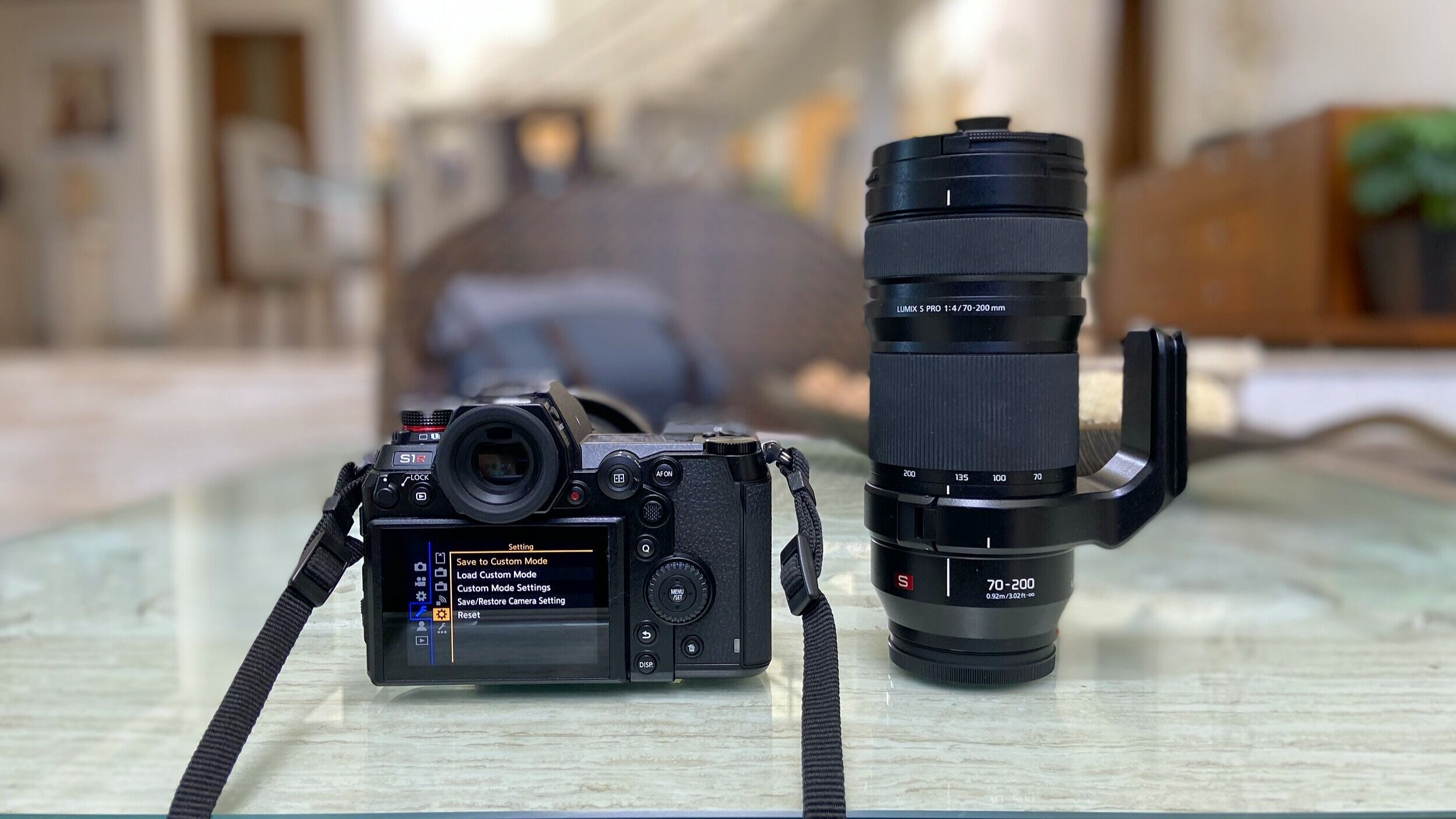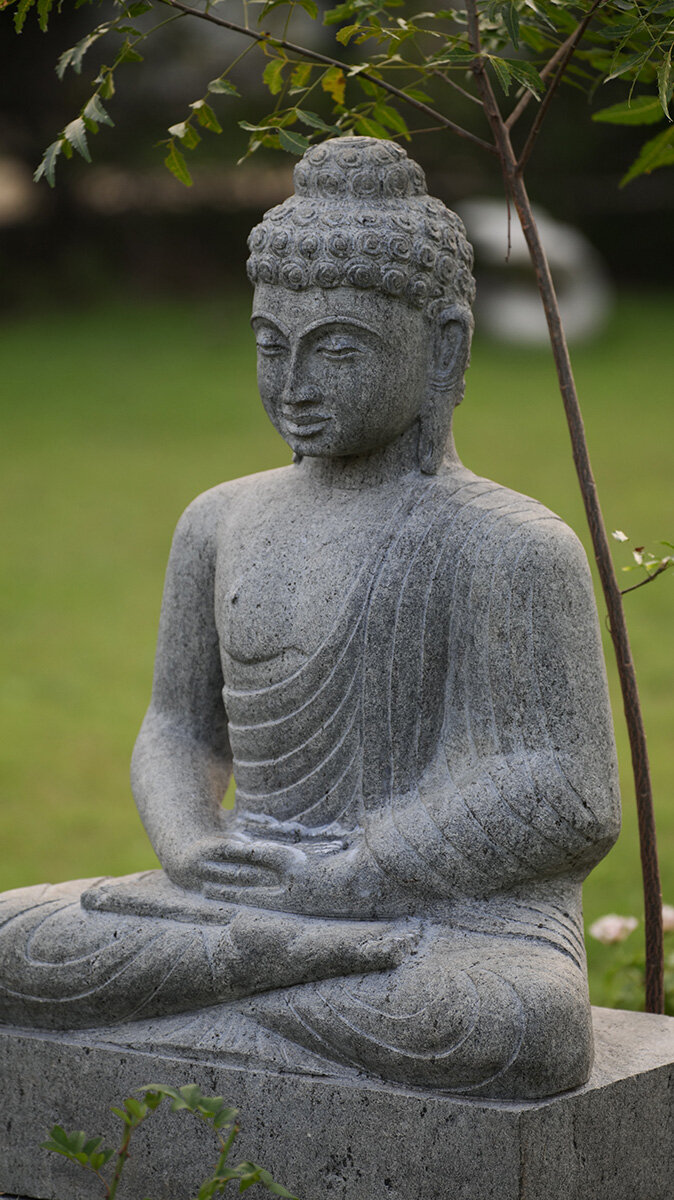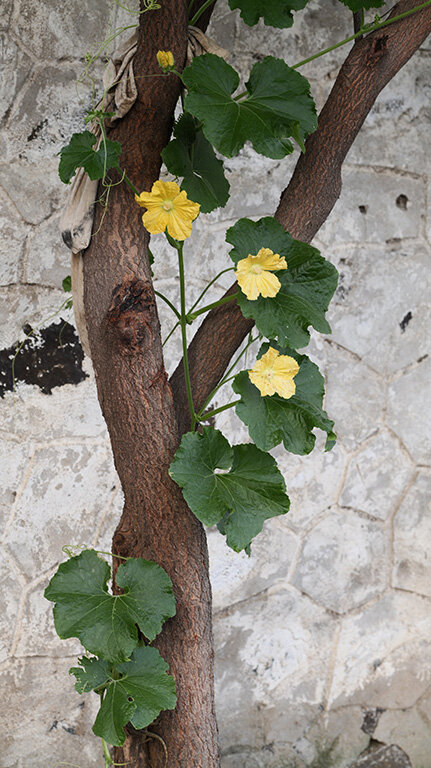Panasonic Lumix S1 R and 70-200mm F4 Lens Short Term Review
Its been about a year since I wrote about my initial impressions of Panasonic’s first high resolution full frame mirrorless camera and its sibling the lower resolution yielding S1.
The cameras are now in stock with dealers here in India and the cameras have started selling in limited numbers to discerning photographers.
Thanks to the good folks at Foto Trade and Panasonic India I was able to get my hands on the S1R and a 70-200MM F4 lens to try out and review.
Panasonic Lumix S1 R and S PRO 70-200mm f4 lens
LUMIX S1R Camera Body
Price and Specs
INR 2,99,000 /USD $3,697.99 Body Only
INR 3,60,000/ USD $4,597.99 kit with 24-105 F4 Lens
47.3MP Full-Frame MOS Sensor
5.76m-Dot 0.78x-Magnification OLED LVF
3.2" 2.1m-Dot Triaxial Tilt Touchscreen
UHD 4K60 Video Recording
ISO 100-25600, Up to 9 fps Shooting
Contrast-Detect 225-Area DFD AF System
Image StabilizationSensor-Shift, 5-Way
Weather-Sealed Construction
187MP High-Res Mode,
XQD & SD Slots
L- Mount
Its been about a year since I wrote about my initial impressions of Panasonic’s first high resolution full frame mirrorless camera and its sibling the lower resolution yielding S1.
The cameras are now in stock with dealers here in India and the cameras have started selling in limited numbers to discerning photographers.
Thanks to the good folks at Foto Trade my preferred camera store in Chennai and Panasonic India I was able to get my hands on the S1R and a 70-200MM F4 lens to try out and review. I have been on the lookout for kit to replace an integral part of my Landscape Photography Kit, the Canon 5DS-R ,Canon 70-200mm f2.8 L IS II and Canon 17-40mm f4 L Lenses which I sold in anticipation of newer and improved mirrorless offerings either from Canon or Panasonic.
I must admit the Panasonic S1R and the S PRO lenses have been on top of my shortlist ever since they have been launched. The camera seems to be exactly what I need for my landscape photography work in terms of its specs and performance based on initial reviews. That and the fact that Canon still has not come up with an offering with high resolution and class leading dynamic range as of this writing ha me looking at other brands for a solution.
Therefore when I was offered an opportunity to review the S1R body and the 70-200 f4 S Pro lens I was quick to take it up.
I have been putting the camera and lens though some basic travel and landscape type shoots. I have been exploring the menu system and settings including the bluetooth and wifi functions on the camera. I have also downloaded the Lumix Sync App which allows us to transfer Jpegs from the camera to a smartphone, tablet or PC. The App also allows for remote shooting with the camera.
After about a week of shooting with the camera in RAW and Jpeg modes and also studying the jpegs and RAW images and doing a bit of post processing with the images using Snapseed and Photoshop Express on my mobile and Lightroom and Capture One on my Mac these are my thoughts on the camera and lens.
The Grip is nice and deep on the S1 R and suits my medium sized hand. The dials and buttons are well laid out.
Build and Ergonomics 8/10
The first thing that one notices when you pick up the camera is the size and weight. For a mirrorless camera its unusually big compared to say the SONY A7 series or the Canon EOS R. It feels more like a Full Frame DSLR. The camera feels solidly built and well balanced . The grip is nice and deep ,almost excessively so.I have fairly big hands and but I could still not cover the entire grip. People with smaller hands might feel a little overwhelmed but for me it’s a minor factor.
The S1 R body and the S pro 70-200mm f4 are built solid for long term professional use.
I really like the layout of the buttons and dials except maybe the position of the on/off switch. The layout will feel familiar to owners of Canon and Nikon Full frame DSLRs as Panasonic seems to have learnt from the well developed and proven ergonomics of those Brands’ professional offerings.
The Menu system is also well laid out . The menu visibility on the rear LCD and the EVF is very good . You can pretty much make any change without taking your eye of the viewfinder. But due to the sheer volume of adjustments an customisation possible there will be a learning curve to get the best out of the camera.
The Camera Body is weather sealed so you don’t have to stop shooting in dust or wet conditions.
Autofocus Performance 7/10
AF Fail in this situation where the background grass and the flower in foreground were about the same in terms of tone.
The Autofocus performance has been OK. Not great. It works well enough in most situations like most modern cameras do. But its not on par with the Canon 5D Mark IV . It definitely not in the same league as cameras like the SONY A7R IV or A9.
AF WORKED IN THIS SEQUENCE OF THREE PHOTOS OF A MOVING SUBJECT.
AF WORKED IN THIS SEQUENCE OF THREE PHOTOS OF A MOVING SUBJECT.
AF WORKED IN THIS SEQUENCE OF THREE PHOTOS OF A MOVING SUBJECT.
For me AF is not so important as I mostly shoot landscapes and travel type of imagery which does not required fast AF.
The AF on this camera is also good enough for casual portraiture, static wedding and travel photography.
I would not recommend this camera if you’re planning to shoot high speed action, sports photography or even very dynamic fashion shoots.
EVF and Manual Focusing 8/10
The EVF on the SIR (and S1) is one of the highest resolution and quality available now. Having said that I still prefer the optical viewfinder.I found that viewing the EVF which is a mini screen does cause some amount of eye fatigue But the several benefits of having an optical viewfinder may actually outweigh the feeling of comfort of using an optical viewfinder. The ability to see actual exposure level, histogram and ability to view the settings menu right within the EVF makes life very useful. A longer use of this camera will be needed to confirm that. The reason I didn’t give the manual focusing of this camera a higher score is I really struggled to focus on the moon while trying to shoot a closeup of a full moon.
Lumix S1 R and S PRO 70-200 FF. 1/160 sec at f 5.6. ISO 640
Image Quality. 8/10
The images straight out of camera have a nice subtle colour pallette.
The camera has 9 photo styles suitable for still photography and a few more suited for video.
[Standard]The standard setting. [Vivid]A setting that produces a more vivid quality with higher saturation and contrast. [Natural] A setting that produces a softer quality with lower contrast. [Flat] A setting that produces a flatter image quality with lower saturation and contrast. [Landscape] A setting suited for sceneries with vivid blue skies and greens. [Portrait] A setting suited for portraits with a healthy and beautiful skin tone. [Monochrome] A monochrome setting with no color shades. [L.Monochrome] A black-and-white setting with rich gradation and crisp black accents. [L.Monochrome D] A monochrome setting that creates a dynamic impression with enhanced highlights and shadows.
S1 R + s pro 70-200 f4 at 200mm. 1/640 sec at f5.6. ISO 640. JPEG straight from camera resized in Lightroom.
I preferred the VIVID shooting style which has a higher default contrast and saturation level rendering images more punchy which is how I like my landscape images . The rest of the modes including Landscape and Portrait modes produced more subtle colours. I suspect the dynamic range available for post processing may be higher in standard, natural and cineD shooting styles. This needs further study.
Dynamic Range and Shadow Recovery Ability
The S1R produces files with good depth and dynamic range. Here are a couple of JPEGs with the images straight out of camera and the shadow recovered images compared . I was not able to work with the RAW files as my version o Lightroom still didn’t recognise these file formats. But a future update should make that possible. I will post the results here once i’m able to do that.
Jpeg Straight Out of Camera
Jpeg after shadow and highlight recovery in Lightroom
High Dynamic Range Sunset Scene Jpeg straight from Camera
High Dynamic Range Sunset Scene Jpeg after post processing in Lightroom
Crop Shooting Modes
The SIR comes with the ability to shoot in different popular crop formats like 16:9, 2:3, 4:5 and 1:1 . With the high resolution of this sensor all crop formats give sufficient resolution to make decent sized prints.
Shot in 16:9 Crop Mode
Shot in 1:1 Square Crop Mode
Shot in 4:5 Crop Mode
Shot in 2:3 Crop Mode
Image Stabilisation 9/10
The S1R has one of the best IBIS systems currently available. It is a dual IS system ie it has in Body Image Stabilisation and Lens ISAccording to Panasonic it gives 5.5 stops of IS. I was able to shoot at a shutter speed of just 1/5 sec with good results at ISO 100 and f11 with the lens zoomed to 98mm. Typically id be shooting at shutter speed of 1/125 sec or more with my non IS Canon 5D 4 even with IS Lenses such as the 70-200 f2.8 L IS even though the lens has IS. Being able to shoot at such lower shutter speeds ia boon in situations that require aus to shoot with
Wireless Connectivity and Lumix Sync App 7/10
Installing the Sync App is easy. But registering the camera for the first time takes a few minutes. I also found that after a few transfers I needed to reregister the camera again to be able to transfer images from camera to phone. The bluetooth function seems to be used to only establish connection between the camera and phone and setup the wifi. The actual transfer happens over wifi direct transfer. The ease of setup and transfer is not bad but still not on par with Canons Camera Connect or Leica’s Fotos App.
The App also allows you to remotely shoot with the camera using live view which can be a useful feature in certain situations.
I wish all camera manufacturers stepped things up a notch and provide the ability to backup images directly to popularly used cloud services such as iCloud, google drive, Adobe etc This would make life so much easier.
Battery Life 7/10
On a full battery there was more than enough capacity to shoot for 2 -4 hours of shooting. The battery life is pretty good considered the EVF is in use while shooting and Rear LCD was being used for transferring images via the App. I found that the battery drained a bit more than on my 5D Mark 4 even when the camera was switched off . I would recommend at least having one spare battery for full day shoots and also to take the battery out of the camera when not in use.
Performance with EF Mount Lenses using SIGMA’s MC 21 Adaptor.
I tested the camera with my EF mount Zeiss Otus Lens and the MC 21 Adaptor. The Manual focusing tools available on this camera really made it very easy to shoot with my Zeiss Otus 55mm f1.4 I was bale to get The Eye is sharp focus consistently while shooting headshots even at f 1.4 .
Changing the Aperture on the lens felt a little rougher and noisier than on an EF Mount body. Also the ZIESS OTUS lens while mounted via the SIMGA MC 21 Adaptor had a little bit of play which was a little discomforting.
SAMPLE IMAGE GALLERY (JPEGS STRAIGHT FROM CAMERA)
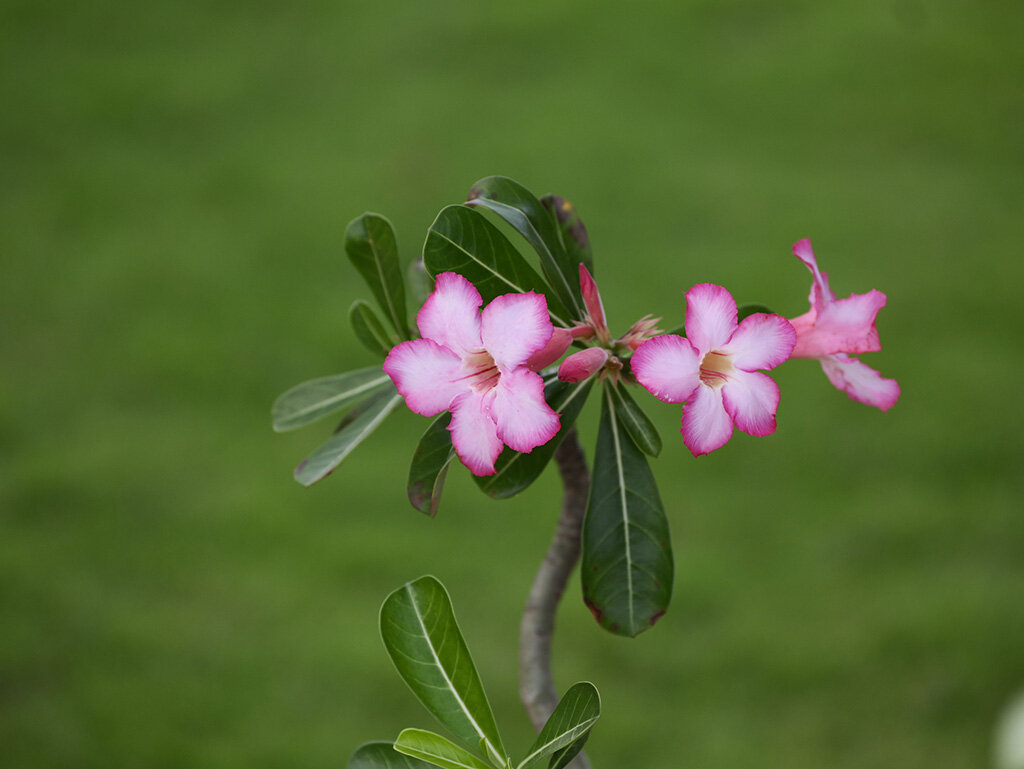
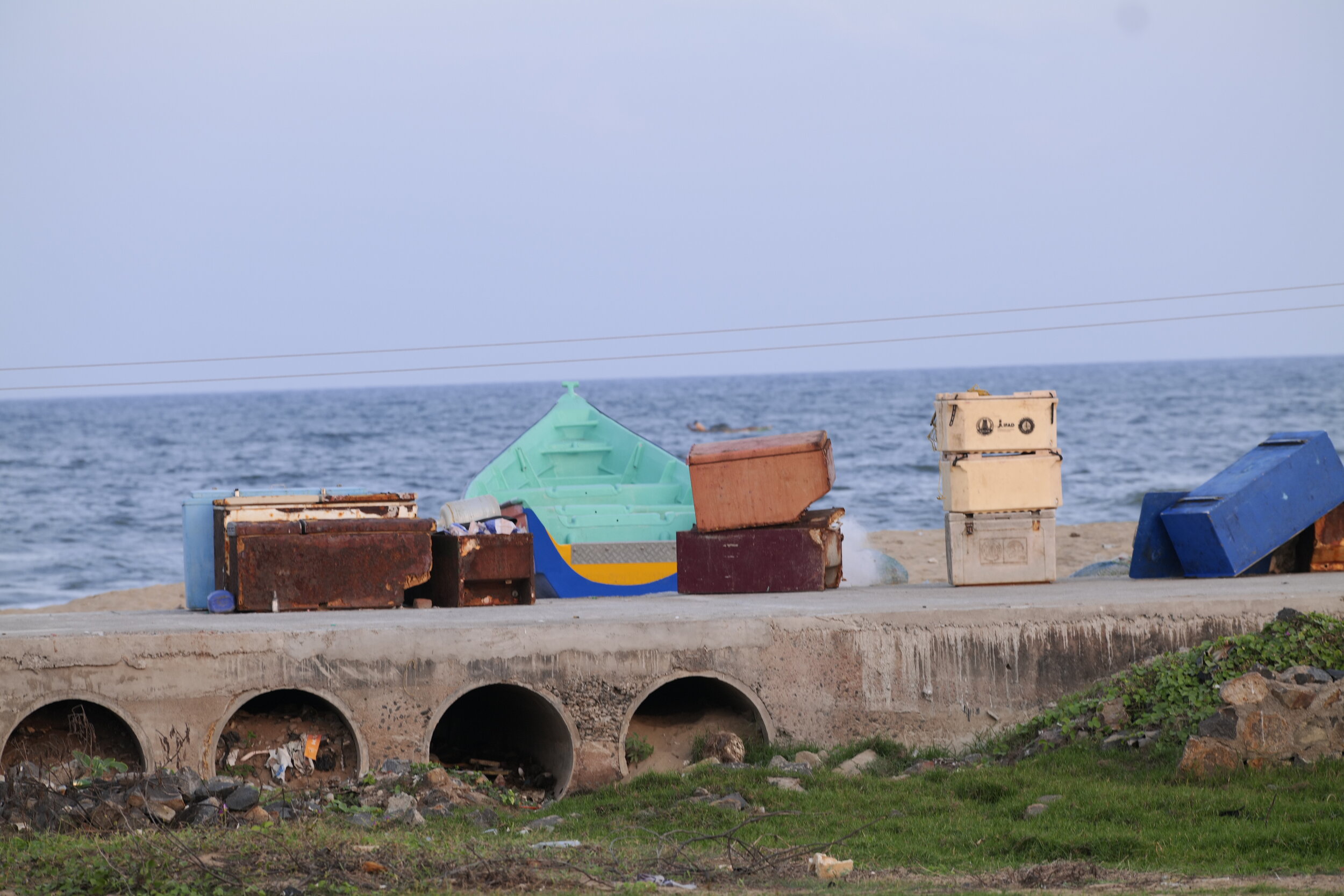
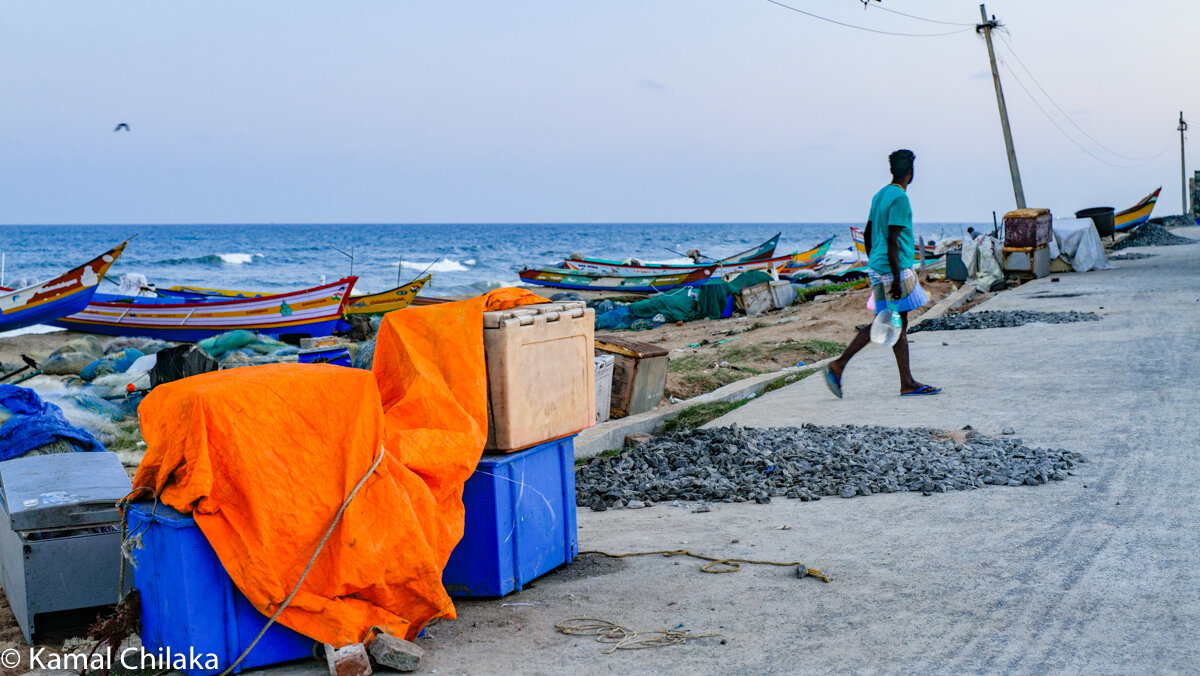

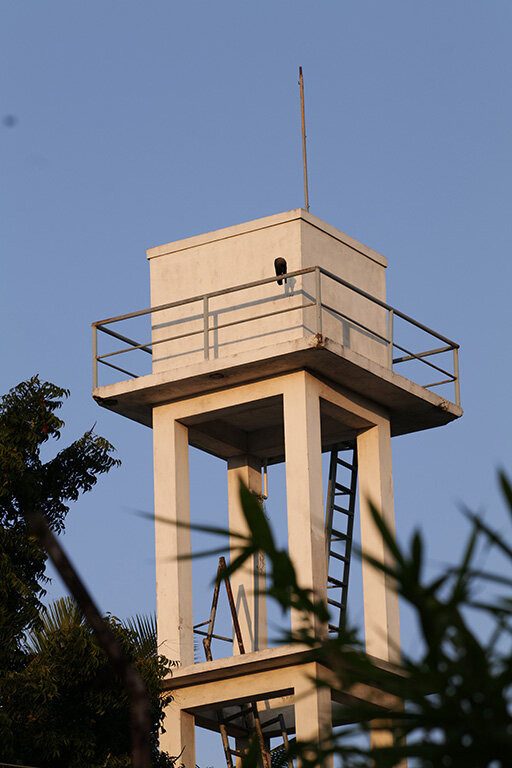
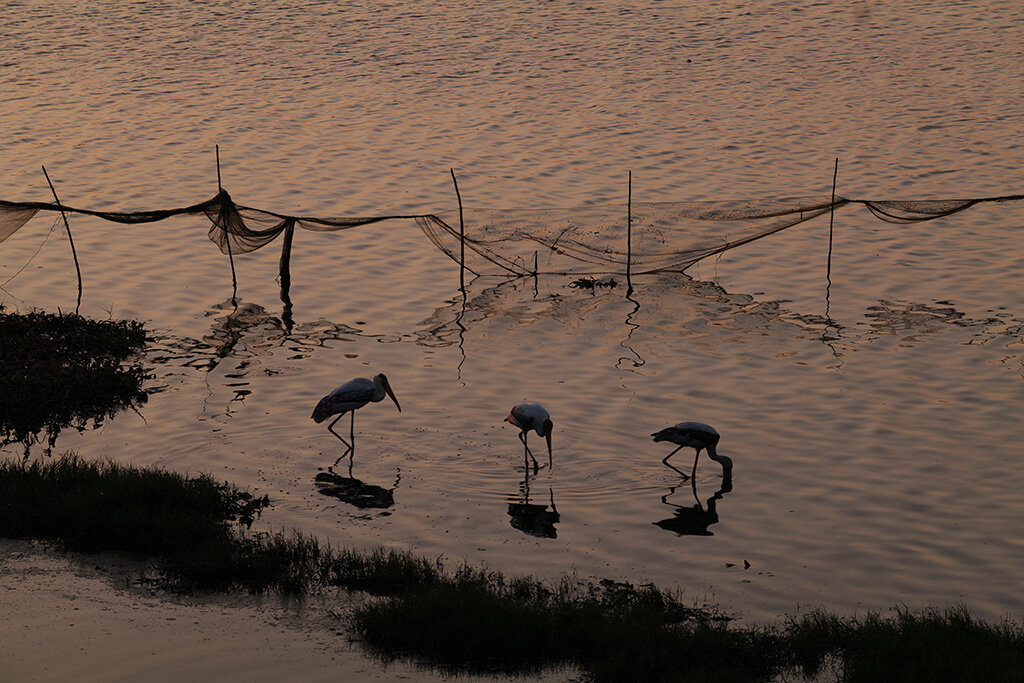
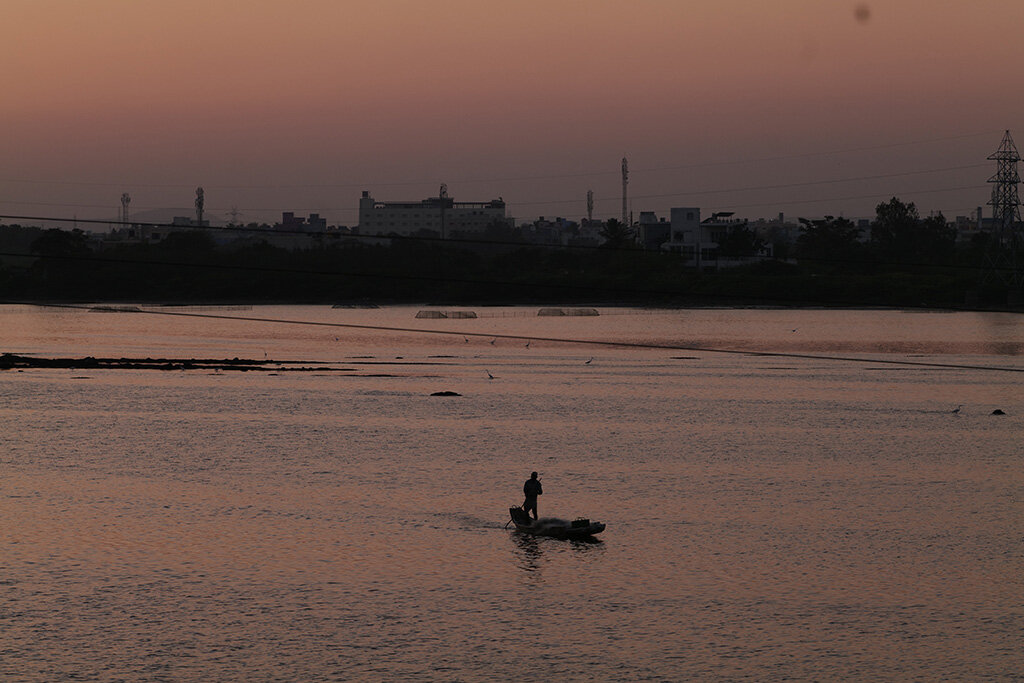
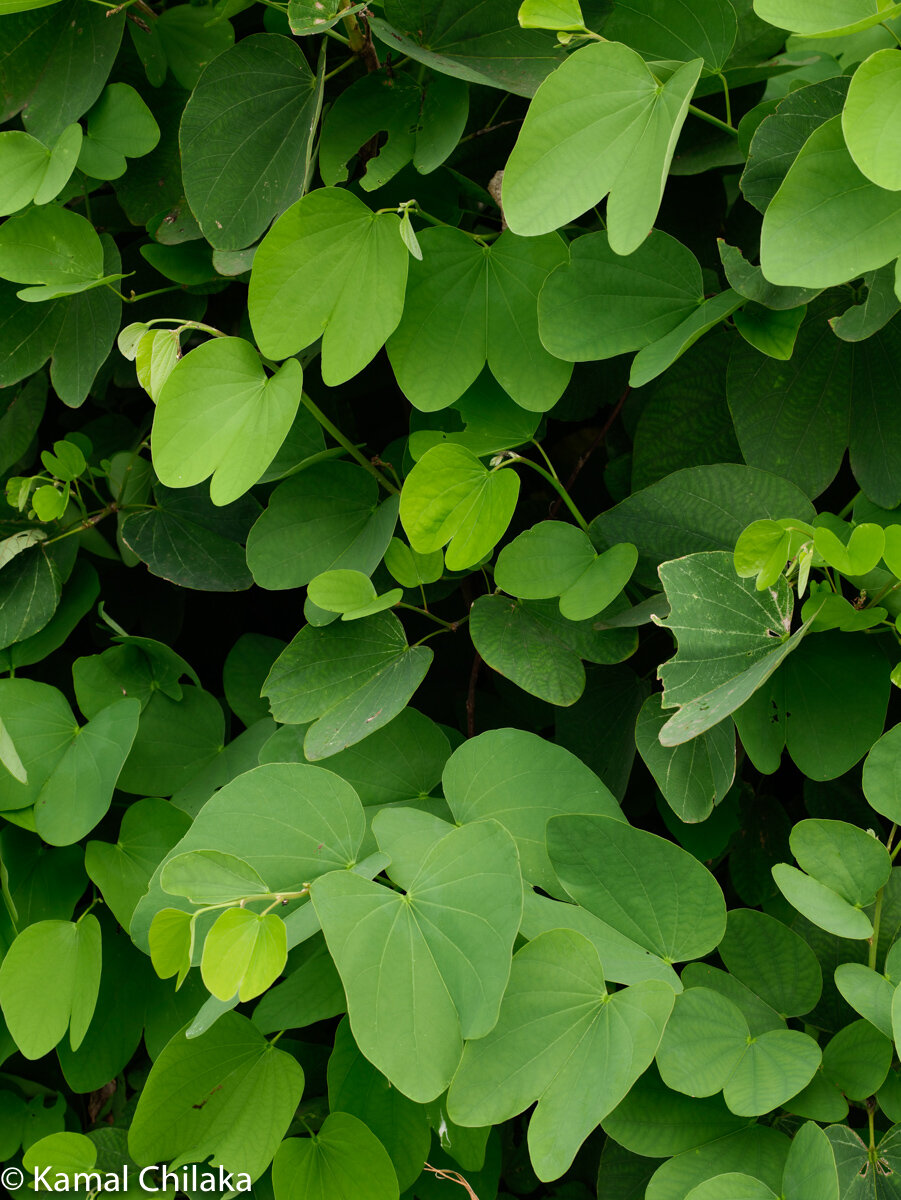

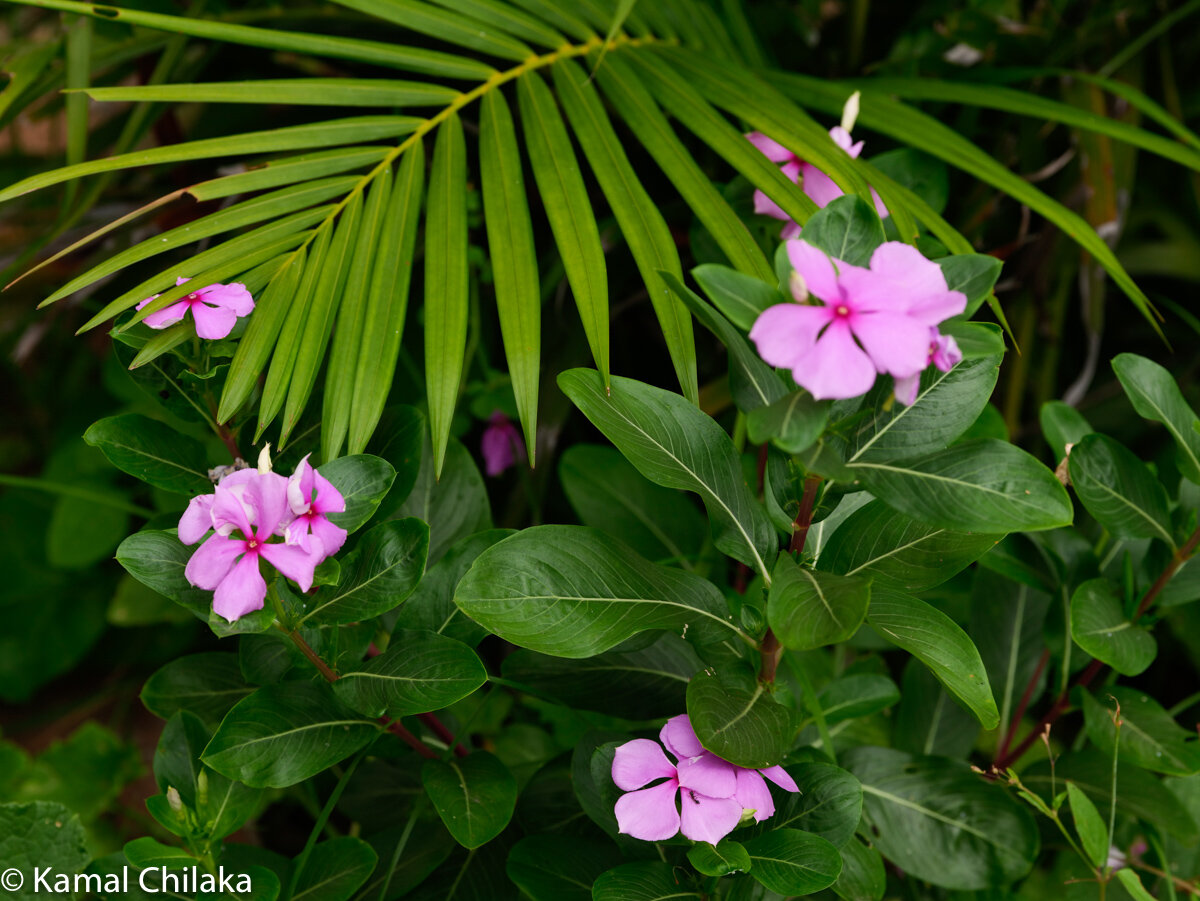
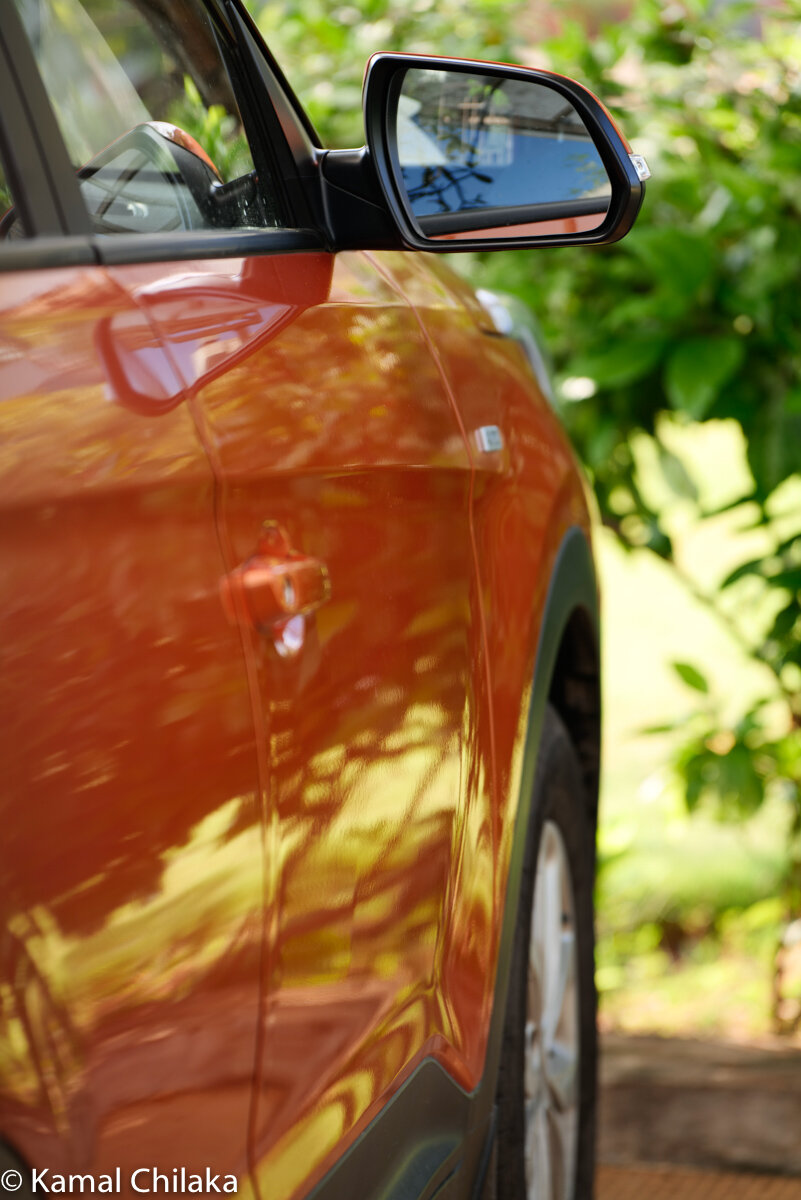
Lumix S1 PRO 70-200 F4 Lens
Focal Length - 70 to 200mm
Maximum Aperture. f/4
Minimum Aperture. f/22
Lens Mount. Leica L Format Compatibility
Full-Frame Angle of View. 34° to 12°.
Maximum Magnification. 0.25x
Minimum Focus Distance. 3.02' / 92 cm
Optical Design. 23 Elements in 17 GroupsDiaphragm Blades9, Rounded
Focus Type. Autofocus
Image Stabilization. Yes
Tripod CollarRemovable and RotatingFilter Size77 mm (Front)Dimensions (ø x L)3.32 x 7.05" / 84.4 x 179 mm
Weight 2.2 lb / 985 g
Full Image
zoomed crop to show the sharpness.
My Rating based on use in real world situations
Build Quality 9/10.
The lens built quality is solid. Similar to the Canon L lenses. A little heavier than the equivalent Canon 70-200 f4 L lens.
AF Speed and Consistency 7/10
Bokeh 7/10
Sharpness 8/10
Contrast and Colour Accuracy 9/10
Conclusion
Pros
Its a great first Iteration of Panasonics Full Frame Mirrorless High Res offering. I think this range is only going to get better from here. And even currently its a solid camera system with a huge growing line of lenses available from Leica, Panasonic and Sigma. It has a DSLR like build and ergonomics with all the pluses of a modern mirrorless system. The Colour Science is nice and subtle. The images have very good dynamic range. The body has two card slots which is great for professionals. the EVF is among the best available today. One can’t can’t go wrong buying this camera now and making it a part of your workflow.
Cons
The SIR is a solid camera for most situations except where consistent top of the line AF is required.
The Lumix Sync App needs be better.
It is a heavy camera and system even compared to DSLRs like the Canon 5D Mark 4 and Nikon D850.
Contact Foto Trade at +91 98407 00110/ 7358 568043
